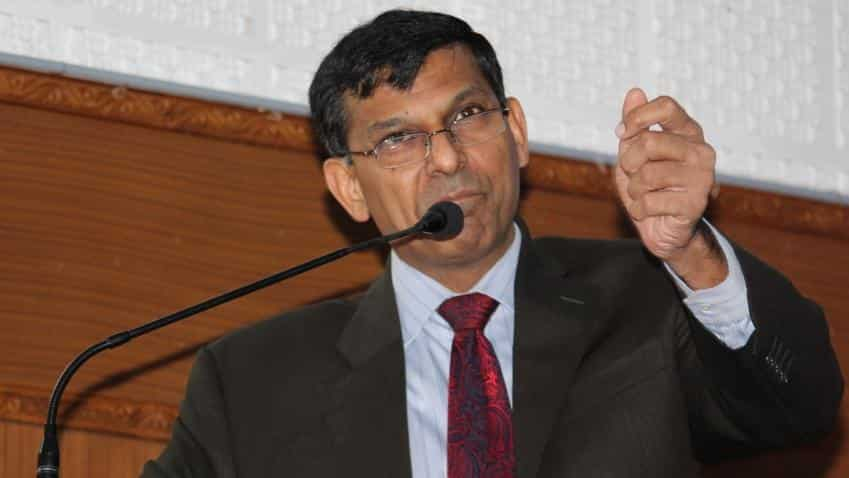5 charts that you must see before RBI's monetary policy
What really drive monetary policy?

Reserve Bank of India Governor Raghuram Rajan, on Tuesday is set to announce monetary policy, a last one before he steps down from the post.
As experts are expecting that Rajan will maintain status quo in today's announcement, but it is still not predictable because he has 'surprised' the banking sector with rates cut in previous occasions.
But, what really drive monetary policy?
The five key factors can be explained with these charts:
Inflation rate: Consumer prices in India went up 5.77% year-on-year in June of 2016, accelerating for the third straight month and reaching the highest since August of 2014.
source: tradingeconomics.com
Foreign Exchange Reserves: Foreign Exchange Reserves in India increased to $365500 Million in July 29 from $362690 Million in the previous week.
source: tradingeconomics.com
Interest rate: The central bank decided to keep the cash reserve at 4.0%, to provide liquidity as required but progressively lower the average ex ante liquidity deficit in the system from 1% of Net Demand and Time Liabilities (NDTL) to a position closer to neutrality. Interest Rate averaged 6.71% from 2000 until 2016, reaching an all time high of 14.50% in August of 2000 and a record low of 4.25% in April of 2009.
source: tradingeconomics.com
Money supply: Money Supply M3 in India increased to 120585.25 INR Billion in July from 119156.61 INR Billion in June of 2016.
source: tradingeconomics.com
Bank lending rate: Bank Lending Rate in India remained unchanged at 9.70 percent in July from 9.70 percent in June of 2016. Bank Lending Rate in India averaged 13.85 percent from 1978 until 2016, reaching an all time high of 20 percent in October of 1991 and a record low of 8 percent in July of 2010.
source: tradingeconomics.com
10:08 AM IST






 Monetary Policy: Rajan will take centre-stage for the last day today
Monetary Policy: Rajan will take centre-stage for the last day today  Rajan to cut rates by 25 bps tomorrow: BofA-ML
Rajan to cut rates by 25 bps tomorrow: BofA-ML RBI Governor Raghuram Rajan likely to hold interest rates on Aug 9
RBI Governor Raghuram Rajan likely to hold interest rates on Aug 9  WATCH: Top 5 stories of this morning; Rajan to announce his last monetary policy to Lupin, Adani Port to post Q1 results today
WATCH: Top 5 stories of this morning; Rajan to announce his last monetary policy to Lupin, Adani Port to post Q1 results today Raghuram Rajan to conduct last independent monetary policy update by RBI Governor on Aug 9
Raghuram Rajan to conduct last independent monetary policy update by RBI Governor on Aug 9